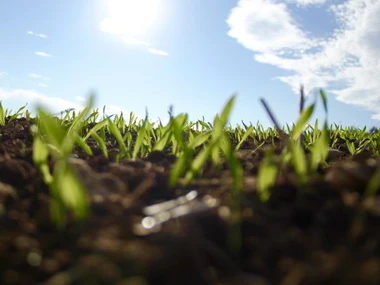Subdivision on Subsurface hydrology (vadose zone)
Chair: Roland Baatz

The vadose zone is the soil layer which lies between the earth surface and the groundwater table. It plays an important role within the Earth Critical Zone as a medium of transport, storage and transfer to the groundwater. Within the vadose zone, the water content and the solutes concentration continuously fluctuate as a consequence of a number of processes, such as infiltration, leakage, evaporation, root water uptake and water redistribution, triggered both by natural and anthropogenic actions.
Due to the complexity of the environment, the variability and heterogeneity of the soil, and the non-linearity of the processes, the assessment of the fluxes through the vadose zone is still a major challenge for soil hydrologists, soil scientists, agronomists and groundwater modellers. Also, the energy, water and carbon fluxes towards the atmosphere are regulated by the state variables in the vadose zone.
Most of the processes remains inherently a multi-disciplinary field where experts with different background need to work together.
Topics covered include:
- Soil plant atmosphere continuum modeling and measurements
- Preferential flow
- Heterogeneity and uncertainty
- Pedotransfer functions
- Local versus larger scales interactions
- Vadose zone in land surface models
- Vadose zone and ecosystem functions
- Hydrogeophysics
- Solutes transport
- Colloids
- Root uptake
- Pore scale models
